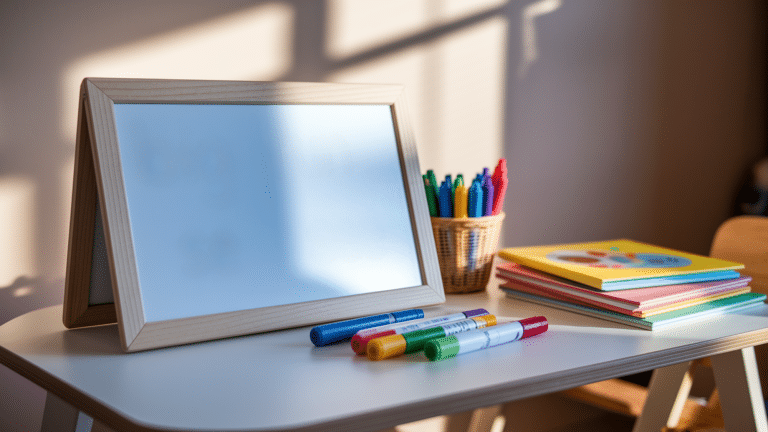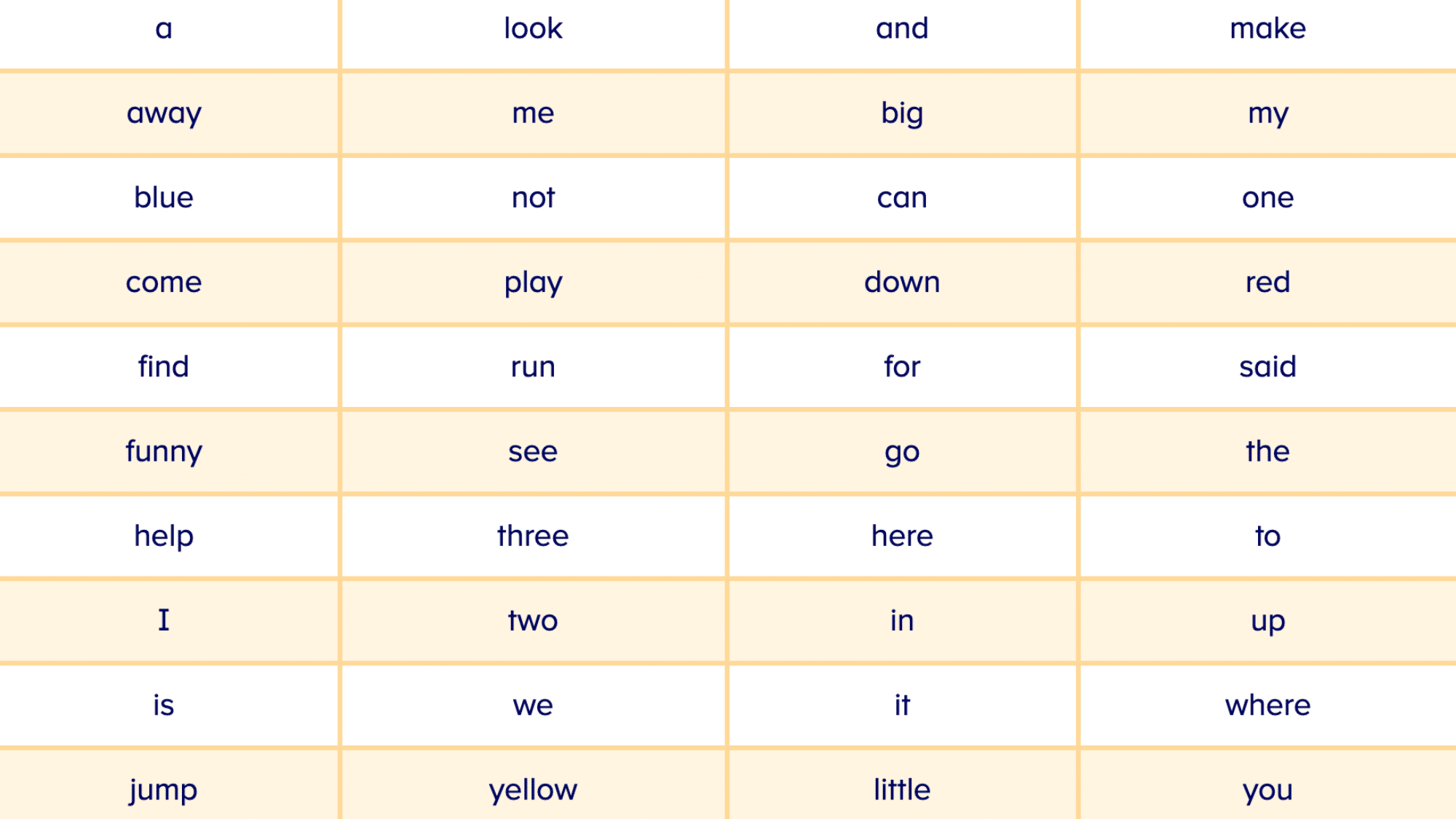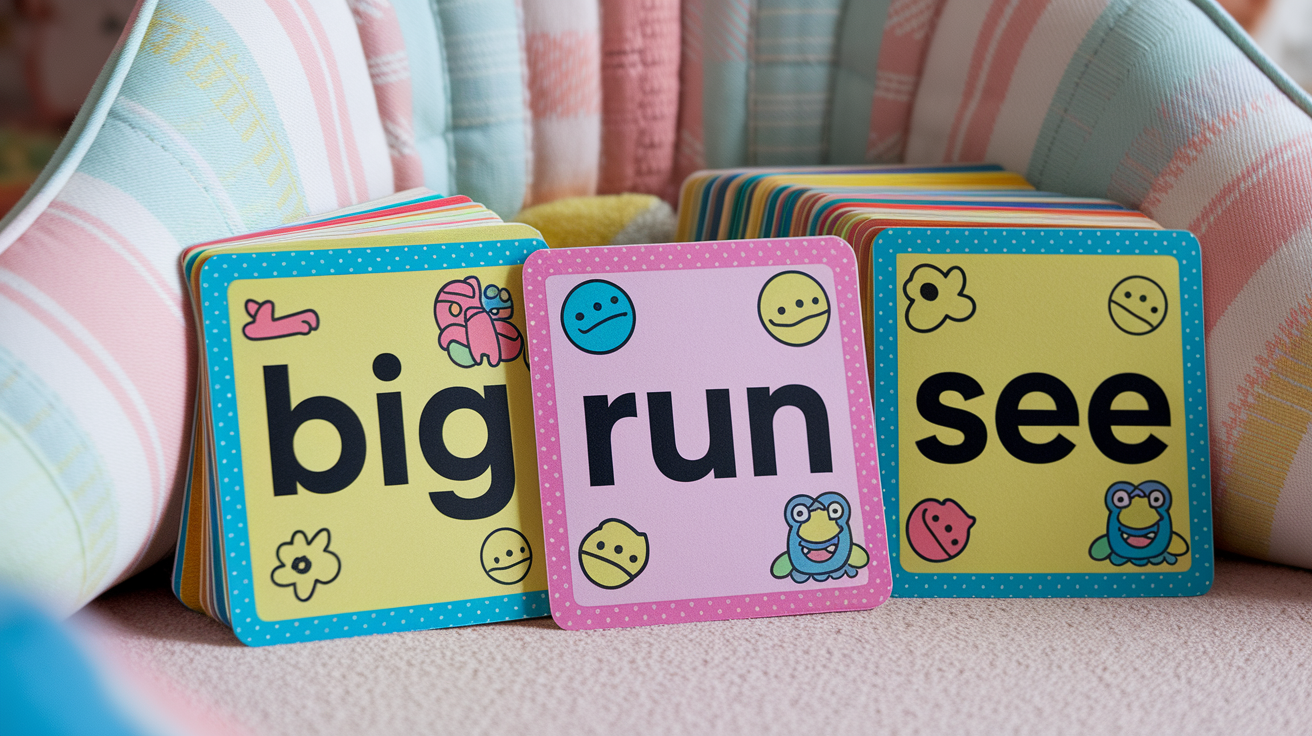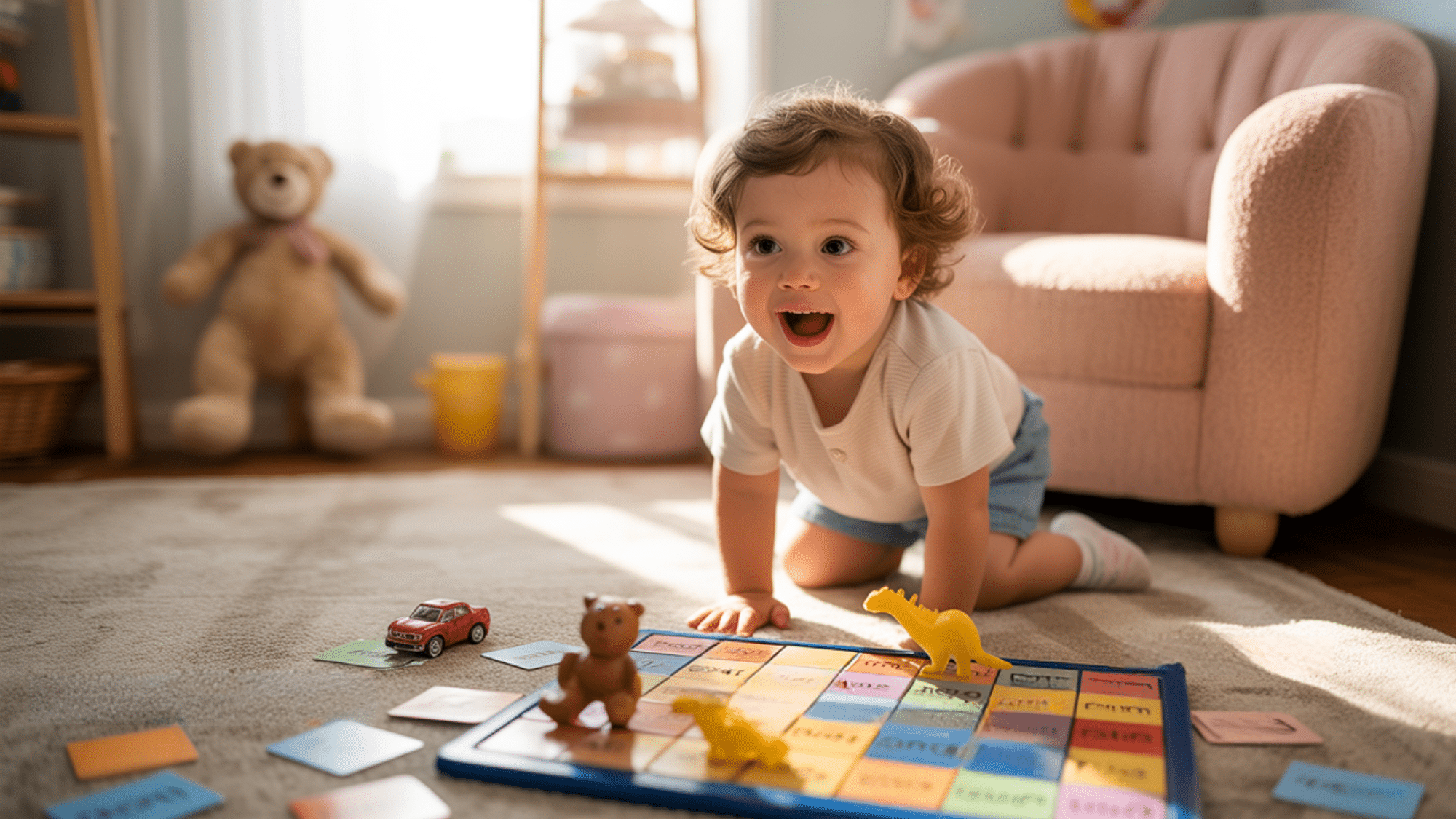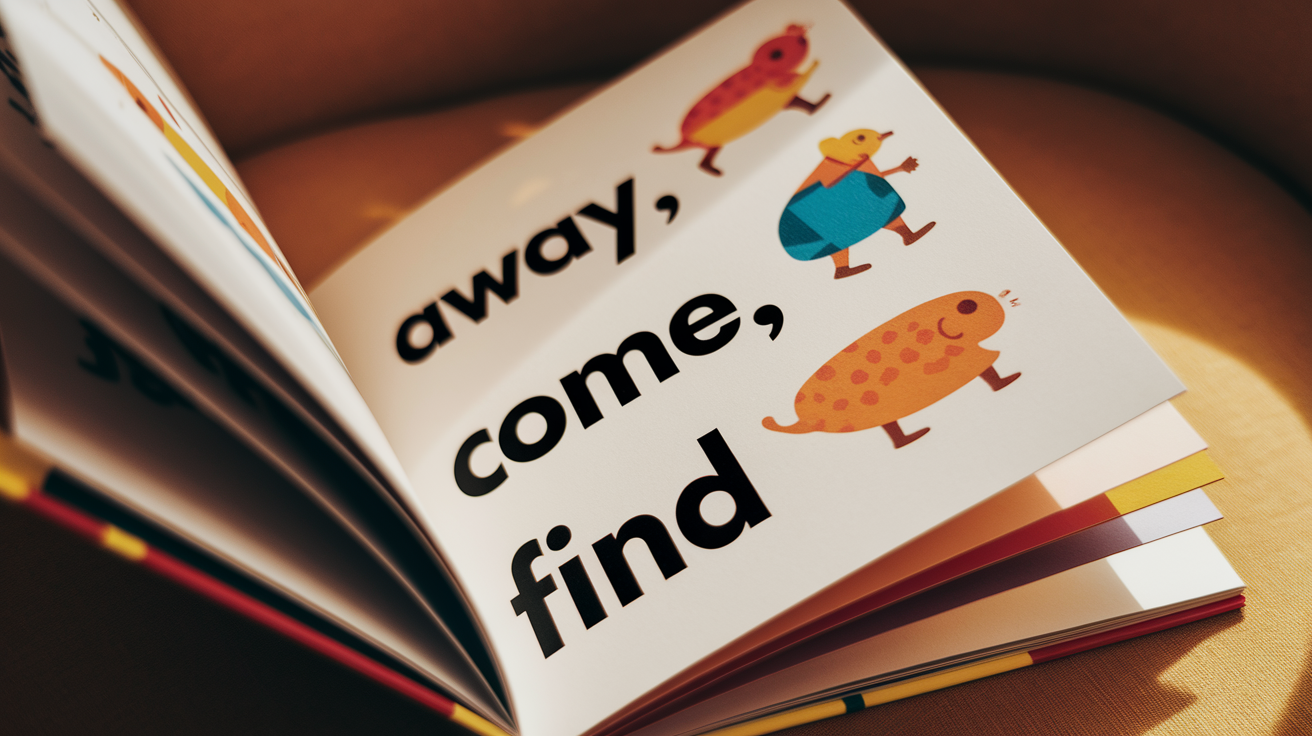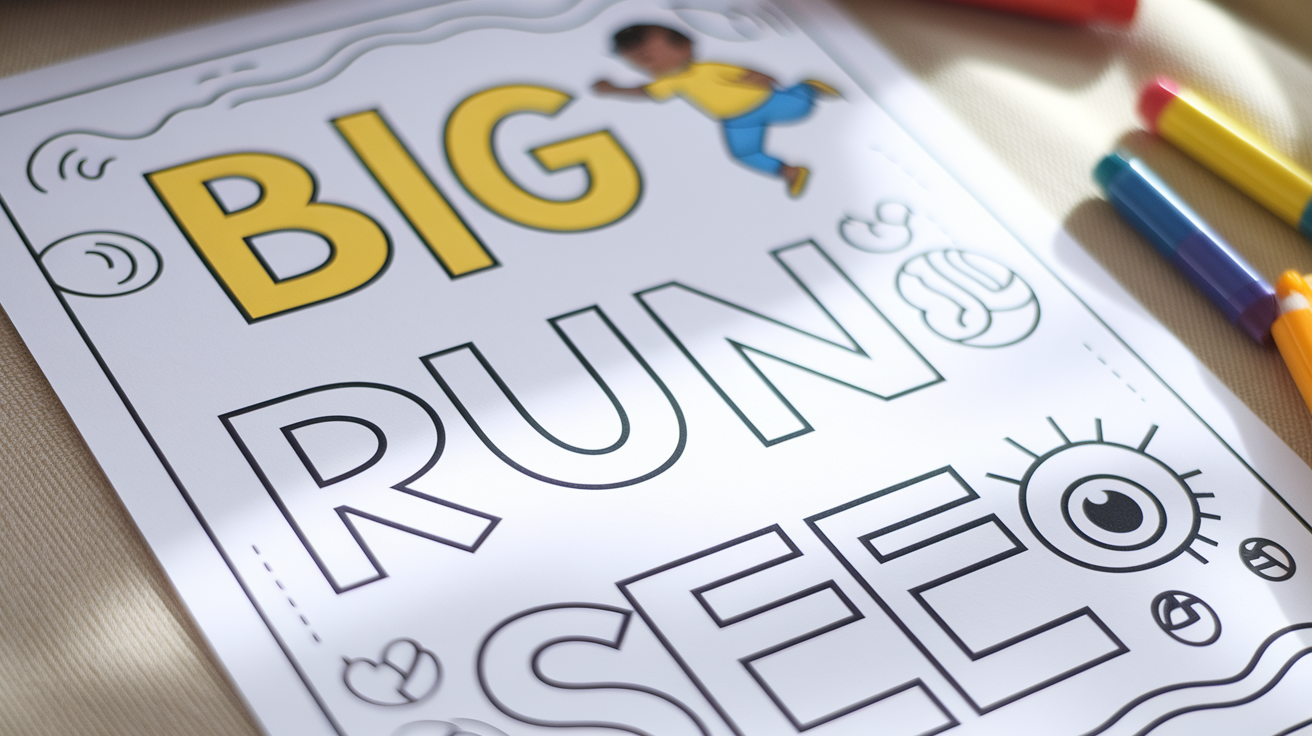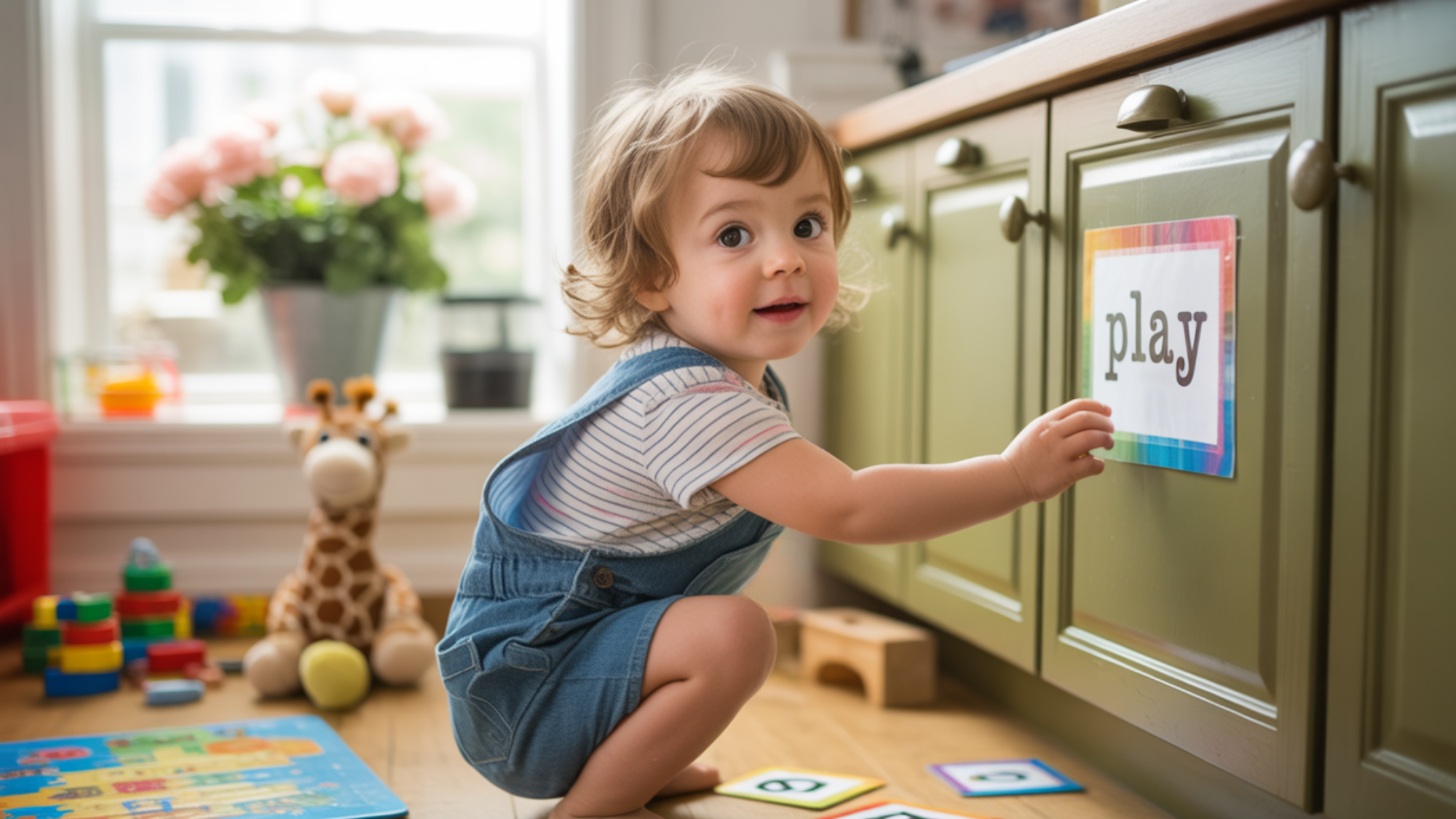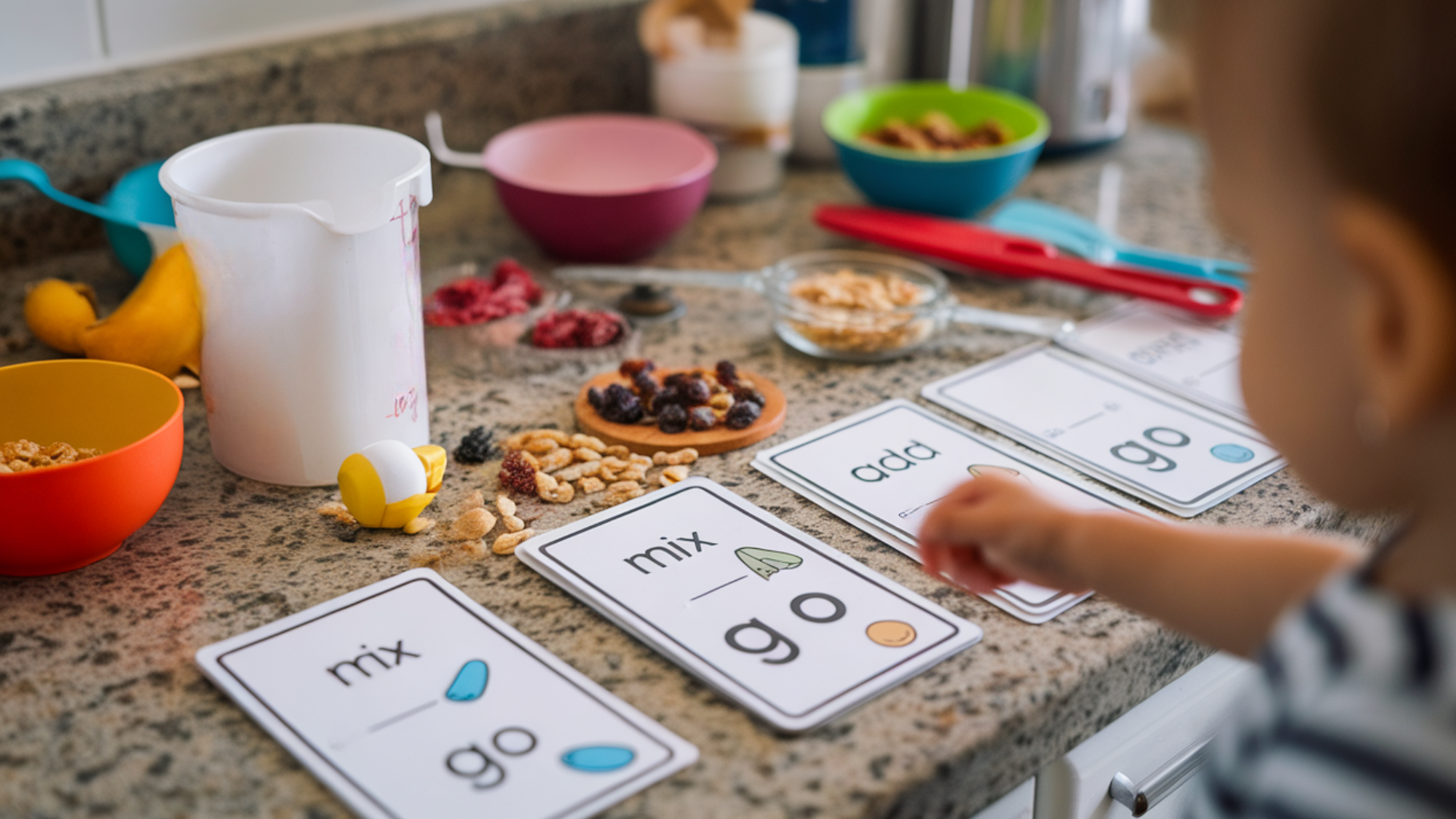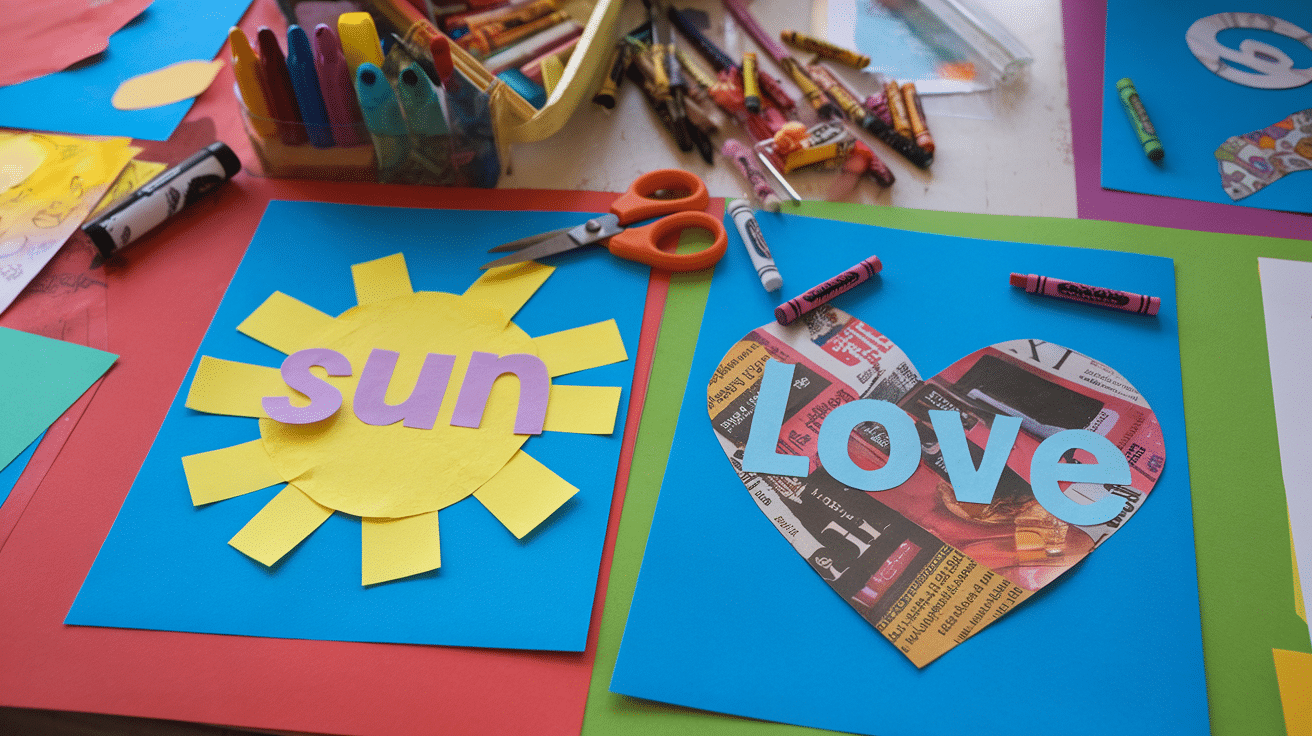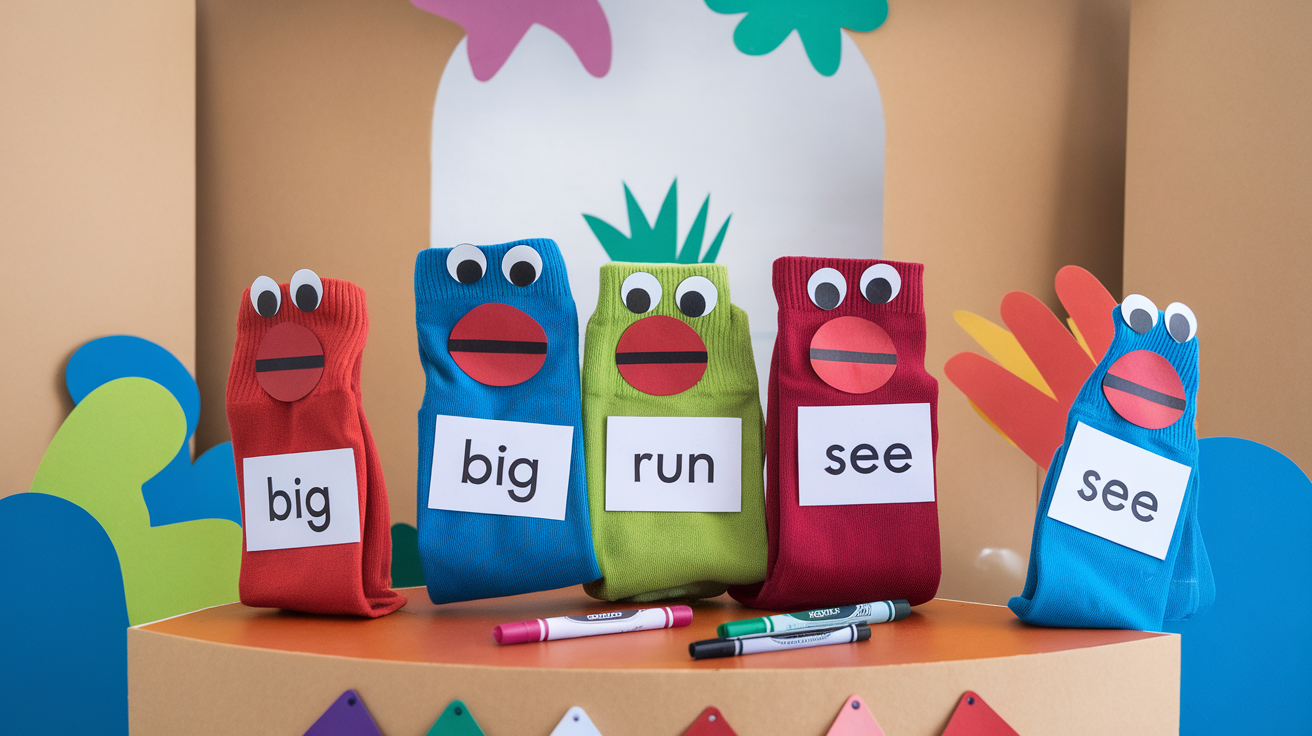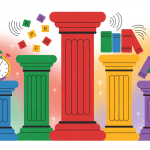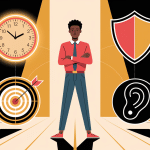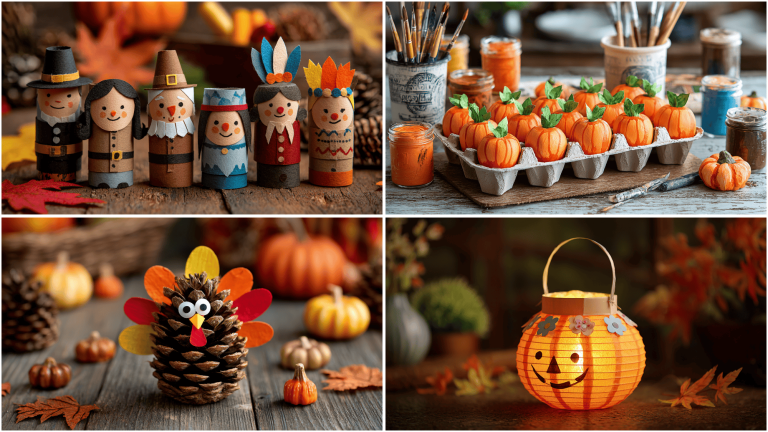Tired of watching other 3-year-olds already reading while yours struggles with basic words?
You’re not alone in feeling overwhelmed about teaching your child to read. Many parents worry they’re starting too late or using the wrong approach when they see other kids recognizing words effortlessly.
Here’s the truth: Sight words are your secret weapon for giving your 3-year-old a head start in reading. These common words help children build confidence and reading skills much faster than you might expect.
This guide reveals exactly which sight words work best for 3-year-olds, how many to introduce each week, and fun activities that make learning feel like playtime.
Plus, you’ll get proven resources and worksheets to support your child’s reading progress every step of the way.
What are Sight Words for 3-Year-Olds?
Sight words are common words that children learn to recognize instantly without needing to sound them out.
Think of words like “the,” “and,” “is,” “you,” and “me”. These appear so frequently in books that kids need to know them by sight.
Key characteristics of sight words
- Memorized as complete units, not sounded out letter by letter
- Include the most frequently used words in children’s books
- Form the foundation for early reading success
- Help build reading confidence quickly
For 3-year-olds, these words are key to reading fluency. Research shows just 25 sight words comprise about one-third of printed text. Mastering these basics makes reading less frustrating and more enjoyable.
The real benefit occurs when children recognize words automatically, allowing them to focus on understanding the story rather than decoding each word. This boosts confidence and motivation to keep learning.
Why are Sight Words Important at Age 3?
Beginning sight word learning at age 3 provides your child with a significant head start in reading development.
At this age, children’s brains are naturally wired for language learning, making it an ideal time to introduce fundamental reading skills.
Learning sight words directly improves your child’s literacy. When 3-year-olds recognize common words instantly, they tend to focus more on the meaning than on decoding, which leads to better comprehension and smoother reading.
Most importantly, sight word mastery creates early success experiences. When your 3-year-old can “read” familiar words in books, they feel proud and excited about reading.
This positive connection motivates continued learning throughout their academic life.
Maximum Sight Words for a 3-Year-Old: What to Aim For
Understanding realistic expectations helps you set appropriate goals and celebrate your child’s progress without creating unnecessary pressure.
Essential First Sight Words for 3-Year-Olds
These carefully selected words appear most frequently in children’s books and relate to your child’s daily experiences.
Realistic Learning Goals
Most 3-year-olds can comfortably learn 10-15 sight words when starting their reading experience. Every child develops at their own pace, so focus on consistency rather than speed.
Progressive Introduction Strategy
Start with 3-5 words and introduce new ones weekly once your child masters the current set. Regular, short practice sessions are more effective than long, intense study periods.
Quality Over Quantity Approach
The goal isn’t rushing through as many words as possible. Instead, aim for solid recognition where your child can identify each word instantly in different contexts. Celebrate each small victory and keep sessions fun and pressure-free.
Fun Activities for Learning Sight Words
Learning sight words doesn’t have to feel like work – the best approach combines fun activities that keep your 3-year-old excited about reading while building essential skills.
1. Sight Word Flashcards
Simple flashcards remain one of the most effective tools for practicing sight words with young children.
Materials Needed: Index cards, markers or crayons, stickers for decoration
How to Do the Activity: Write one sight word per card using large, clear letters. Show each card for 3-5 seconds and say the word together. Practice 3-5 cards at a time, mixing known words with new ones.
Pro Tip: Let your child decorate the cards with stickers or drawings. This personal touch makes them more excited to practice!
2. Interactive Sight Word Games
Turn practice time into playtime with these engaging game variations.
Materials Needed: Sight word cards, bingo markers or small toys, hiding spots around the house
How to Do the Activity: Create a simple bingo board with sight words or hide cards around the room for treasure hunts. Call out words and have your child find or mark them. Take turns being the caller and the player.
Pro Tip: Use your child’s favorite small toys as game pieces to make it more personal and engaging.
3. Storybooks Featuring Sight Words
Reading together while focusing on familiar words builds both recognition and comprehension.
Materials Needed: Simple picture books with repetitive text, sticky notes, or fingers for pointing
How to Do the Activity: Choose books that repeat sight words frequently. Point to each familiar word as you read and pause to let your child “read” the words they know. Celebrate when they spot words independently.
Pro Tip: Start with the same book for several sessions, familiarity helps children focus on recognizing individual words.
4. Sight Word Worksheets and Coloring Pages
Hands-on activities that combine learning with creative expression are particularly effective for tactile learners.
Materials Needed: Printable worksheets, crayons or markers, pencils for tracing
How to Do the Activity: Print worksheets that feature tracing, coloring, or circling sight words. Let your child trace the letters with their finger first, then with a pencil. Use color pictures that relate to the words whenever possible.
Pro Tip: Laminate worksheets and use dry-erase markers so you can reuse them multiple times for extra practice.
5. Sight Word Scavenger Hunt
Create an exciting hunt around your home using sight words as clues and targets.
Materials Needed: Sight word cards, tape or magnets, small prizes or stickers
How to Do the Activity: Hide sight word cards in different rooms and give your child clues like “Find the word ‘go’ in the kitchen.” When they find each word, have them read it aloud before moving to the next location. End with a small celebration or treat.
Pro Tip: Start with just 3-4 words for the first hunt, then gradually increase as your child gets more comfortable with the activity.
6. Sight Word Cooking
Combine kitchen time with learning by incorporating sight words into simple cooking activities.
Materials Needed: Recipe cards with sight words, simple ingredients for snacks, measuring cups
How to Do the Activity: Write simple recipes using sight words like “mix,” “add,” “see,” and “go.” Have your child read the sight words as you cook together. Make treats like trail mix where they can “add” and “mix” ingredients.
Pro Tip: Focus on action words during cooking. It helps children connect the word to the actual movement.
7. Sight Word Art Gallery
Turn your child into an artist while practicing word recognition through creative projects.
Materials Needed: Construction paper, glue, magazines, scissors, crayons
How to Do the Activity: Help your child create artwork around each sight word. For “sun,” they might draw a bright yellow circle. For “love,” they could make a heart collage. Display finished artwork around the house as a “gallery.”
Pro Tip: Take photos of your child with their artwork. They’ll feel proud and want to create more word art.
8. Sight Word Puppet Show
Bring words to life through storytelling and imaginative play with simple puppets.
Materials Needed: Socks or paper bags, markers, sight word cards, small stage area
How to Do the Activity: Create simple puppets and have them “talk” using sight words. Make up short stories where the puppet says sentences using the words you’re practicing. Let your child be the puppet master and create their own stories.
Pro Tip: Record your puppet shows on your phone. Kids love watching themselves perform and will want to make more shows to practice different words.
Resources for Sight Word Worksheets and Tools
These proven resources make learning sight words easier and more enjoyable for both you and your 3-year-old. Each offers different approaches to suit your child’s learning style and preferences.
| Resource | Description | Link |
|---|---|---|
| Starfall | Interactive website with games, worksheets, and books designed to teach sight words to young children. | Visit Starfall |
| Education.com | Offers a wide variety of printable sight word worksheets and activities for different age groups. | Visit Education.com |
| Sight Words Game | An app offering flashcards, games, and activities to help 3-year-olds learn sight words in a fun, interactive way. | Download Sight Words Game |
| Reading Rockets | Provides free printable sight word worksheets and activities designed to teach young learners. | Visit Reading Rockets |
| Teach Your Monster to Read | An app and website offering fun games that teach sight words and phonics for early readers. | Visit Teach Your Monster to Read |
| Epic! | A digital library for kids with books that focus on sight words, phonics, and early literacy. | Visit Epic! |
| K5 Learning | A website that provides printable worksheets on sight words, reading comprehension, and more for early learners. | Visit K5 Learning |
Tips for Parents and Caregivers
Successful sight word learning requires the right approach and consistent practice. Here are essential strategies to make reading enjoyable and effective for your child.
1. Create a Daily Routine – Set aside 10-15 minutes daily at the same time for consistent sight word practice sessions.
2. Make Repetition Playful- Use different voices, songs, or acting to keep practice sessions fresh and exciting for children.
3. Keep Sessions Brief – Limit practice to 5-10 minutes to match young children’s attention spans and prevent frustration.
4. Celebrate Small Victories – Praise effort over perfection and reward consistent practice with stickers, high-fives, or special reading time.
5. Stay Patient and Adaptable – Some days will be challenging – consistency matters more than intensity when building reading habits.
Remember that every child learns at their own pace, and maintaining a positive, encouraging environment is key to long-term success with sight word recognition.
Conclusion
Teaching sight words to your 3-year-old builds a foundation for reading success. These words boost confidence, improve comprehension, and develop skills for future learning.
Make reading a positive experience for your child. When it’s enjoyable and pressure-free, children naturally want to explore books and learn vocabulary.
Start with 3-5 basic words, keep sessions short, and celebrate small victories.
Ready to start your sight word experience? Pick a few words from our list, choose one fun activity, and begin today. Your child’s reading confidence will grow with each word they master.
Share in the comments below, which sight word activity worked best for your little one? We’d love to hear about your success stories!

